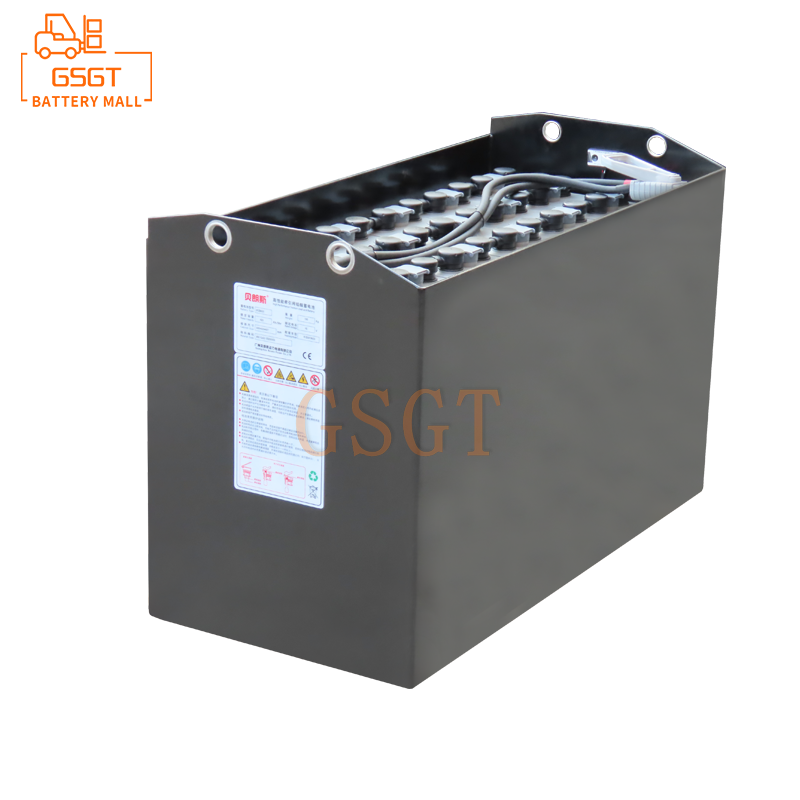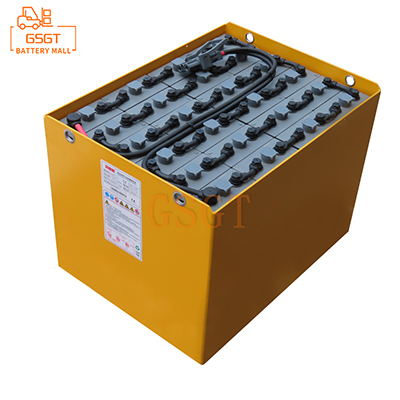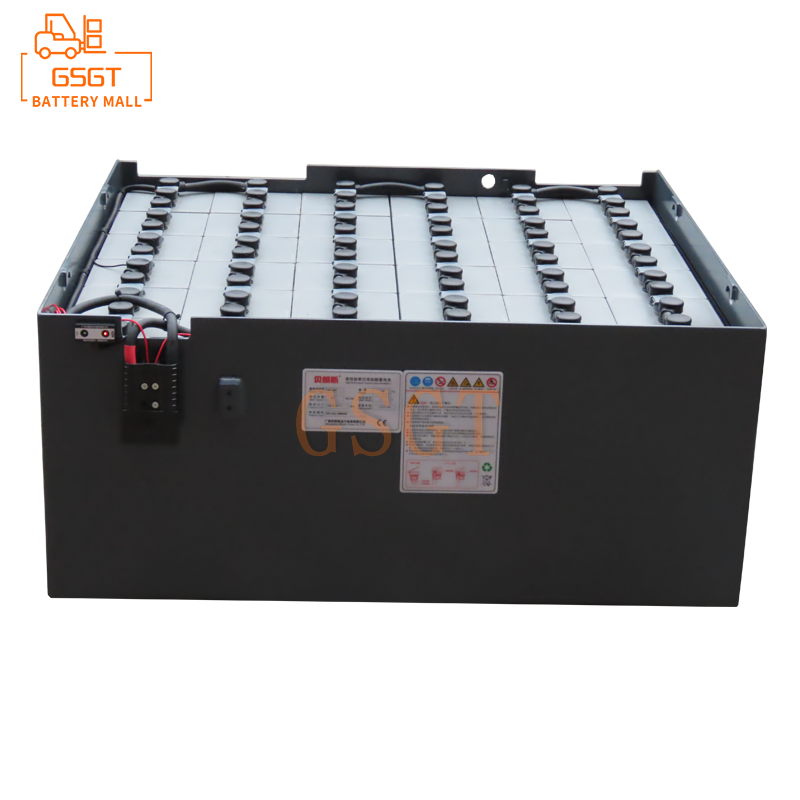Time:2025-03-12 11:49:24
Browse:276
In many devices and scenarios that rely on electric energy storage, lead-acid batteries, as a common energy storage component, play a key role. However, in the process of use, the situation of insufficient charging often occurs, which not only affects the normal operation of the equipment, but also may cause economic losses. To solve the problem effectively, it is necessary to deeply analyze the complex causes behind it.
1. Battery aging
With the increase of use time, the active substance on the plate of the lead-acid battery gradually falls off, and the vulcanization phenomenon of the plate is intensified. The surface of the new battery plate is flat, the active material is sufficient, and it can efficiently participate in the electrochemical reaction to achieve charge and discharge. However, after countless charge and discharge cycles, the surface of the plate becomes rough, a large number of active substances fall off and deposit at the bottom of the battery, and the substances that can participate in the reaction are greatly reduced, just like a warehouse goods are constantly reduced, and the "goods" that can be "handled" to participate in the charging reaction are not enough, resulting in a decrease in battery capacity and difficult to be fully charged. In this case, replacing a new lead-acid battery is the fundamental solution. In daily use, the number of charge and discharge should be reasonably controlled to avoid excessive discharge and slow down the aging speed of the battery.
2. Charging equipment failure
1. ** Abnormal charger output voltage ** : The normal working charger will output a stable voltage suitable for the lead-acid battery, such as the common 12V lead-acid battery, the charger output voltage is usually between 13.8V-14.4V. If the internal components of the charger are damaged, such as breakdown of the voltage regulator diode, short circuit of the transformer winding, etc., the output voltage will be lower than the standard value. Charging the battery at this time is like using a small water pipe to fill a large pool, the water pressure is not enough, the pool is difficult to fill, and the battery is not satisfied. Use a multimeter to measure the output voltage of the charger. If an exception occurs, repair or replace the damaged components in the charger.
2. ** Poor contact of the charging line ** : From the charger to the battery connection line, if there is a loose interface, wire break and other problems, current transmission will be blocked. When charging, the line connection may heat up and spark, just like there is damage or bending in the middle of the water pipe, and the water flow becomes smaller or even interrupted. Carefully check each connection point of the charging line, reinsert the interface, and ensure that the connection is tight; If the wire is disconnected, replace it with a new wire to ensure the smooth transmission of current to the battery.
3.Battery water loss
In the process of charging the lead-acid battery, electrolytic water reaction will occur, and part of the water is decomposed into hydrogen and oxygen. When the battery water loss is serious, the electrolyte concentration increases, the internal resistance increases, and the electrochemical reaction between the plate and the electrolyte is limited. The original uniform reaction environment is disrupted, just like sowing in dry land, the seeds are difficult to germinate and grow, and the battery cannot be charged properly. For maintainable lead-acid batteries, it is necessary to add an appropriate amount of distilled water or special lead-acid battery supplement solution. When operating, open the safety valve on the battery, slowly inject with a syringe and other tools, and then carry out a deep charge to activate the internal reaction of the battery. In daily use, the battery level can be checked regularly to replenish water in time to prevent water loss.
4.The use of ambient temperature impact
The performance of lead-acid batteries is extremely sensitive to temperature. At low temperature, the viscosity of the electrolyte increases, the ionic diffusion rate slows down, the internal resistance of the battery increases, and the charging acceptability decreases. For example, the car engine is difficult to start in winter, and the battery is also "insufficient" at low temperatures, which is difficult to fill. The high temperature environment will accelerate the battery water loss and plate vulcanization, which also affects the charging effect. In low temperature environment, the charger with temperature compensation function can be used, which can automatically adjust the output voltage according to the ambient temperature to improve the charging effect; When the temperature is high, move the battery to a cool and ventilated place to charge, away from direct sunlight. If possible, install an air conditioner or other device to adjust the ambient temperature and keep the battery in good working condition.
The unsatisfactory charge of lead-acid battery is caused by a variety of factors. Through careful investigation of battery aging, charging equipment failure, battery water loss, and ambient temperature, targeted measures such as battery replacement, equipment maintenance, water supplement, and temperature adjustment can effectively solve the problem, extend the service life of lead-acid batteries, and ensure their stable and efficient operation.

$2450

$3810

$3405

$4045

MESSAGE
Professional And Efficient
Security
Affordable Price
Professional Services